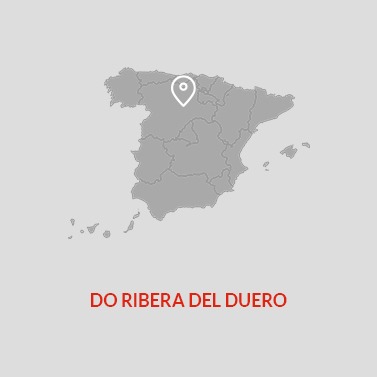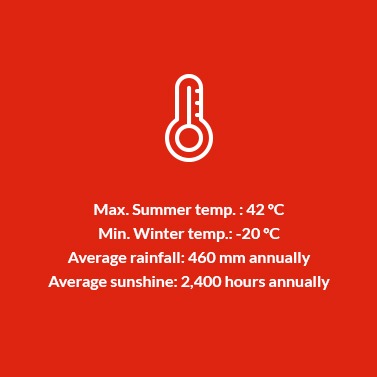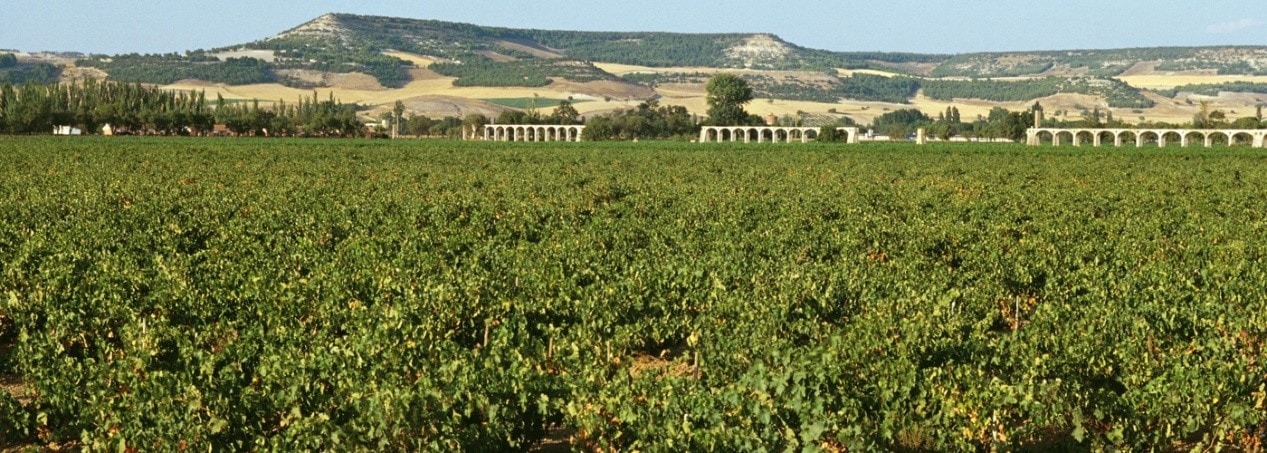88,801,706 kg
You are here
Ribera del Duero DO


The Ribera del Duero is blessed by a combination of terroir, microclimate and a native grape that gives superb, complex red wines.
At this altitude Tempranillo (also known as Tinta del País or Tinto Fino) gives thick-skinned and refreshingly acid fruit, which in turn gives wines that are delicious when they are young but also have the capacity to age into magnificent Gran Reservas.
In the wake of the DO's creation in 1982 many vineyard sites were replanted and bodegas of every kind, ranging from small family operations to large cooperatives and single-estate bodegas, began to invest in modern winemaking technology. At the same time families who for generations grew and sold their grapes to bodegas have been building their own small wineries and the Regulating Council (Consejo Regulador) has been encouraging research and development projects ranging from computerized harvesting checks to alternatives to traditional pesticides.
This newly acquired collective expertise has made a huge impact on the quality of the wines, which are now exported right around the world. There is a wine museum in the castle at Peñafiel and a Centro de Interpretación del vino en Aranda del Duero (Burgos).
Regulatory Council
Consejo Regulador DO Ribera del Duero
C/ Hospital, 6
09300 Roa
Burgos
Tel.: +34 947 541 221
info@riberadelduero.es
www.riberadelduero.es
Sources
- Spanish Ministry of Agriculture
- Regulatory Council, Ribera del Duero PDO
Its wines are now exported right around the world.


22,040 ha.
750-1,000 m.
32 different soil types. The Ribera del Duero is located on the great northern plateau of the Iberian Peninsula . It is formed by an enormous smoothened base and is partly covered by tertiary sediments. Most of these sediments consist of gently lenticular layers of silty or clayey sand. Of particular note are the alternating layers of limestone and marl and even chalky concretions.
Albillo.
Tempranillo (Tinta del País or Tinto Fino), Cabernet Sauvignon, Malbec, Merlot and Garnacha.
7,000 kg/ha
70 %
95,271,532 kg
122,324,673 kg








